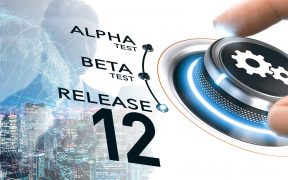Category: Product Release

In the dynamic world of wireless network design, surveying LTE networks plays a crucial role in ensuring optimal performance and reliability. However, the existing tools often fall short in terms of complexity, affordability, and integration with the network design process. Recognizing this need, iBwave has introduced an innovative solution that revolutionizes LTE network surveys. By […]

Have you downloaded the latest version of iBwave? In this article we’re going to put the spotlight on Beamforming in 5G design – one of the key new features in Release 13. What is Beamforming? In iBwave Release 13, users can configure multi-beam antennas to support beamforming for 5G NR. They can also add individual […]

With iBwave Wi-Fi Release 12, we’ve added some key features to building modeling that will change the game when it comes to 3D modeling for large complex venues. In this blog, we’ll be looking at three important enhancements to 3D modeling added in iBwave Wi-Fi Release 12. With diagonal drawing, curved walls in stadium design, […]
